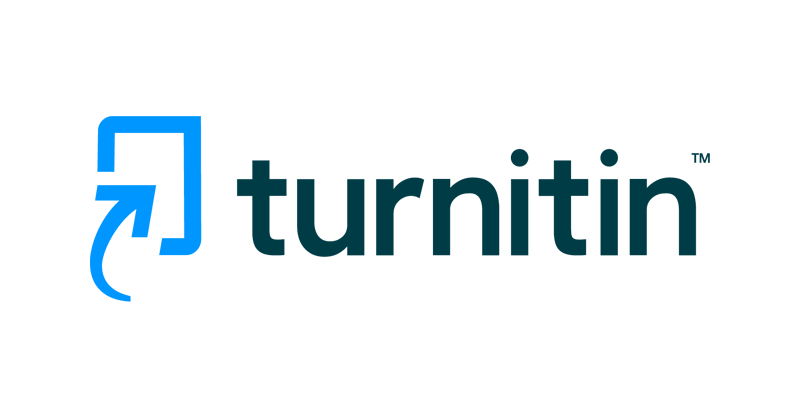Enhancing Orchid Inventory Management with K-Means Clustering: A Case Study in Sales Optimization
DOI:
https://doi.org/10.31943/mathline.v9i1.529Keywords:
Inventory Management, K-Means Clustering, OrchidAbstract
In the ornamental industry, particularly in orchid sales, manual inventory management has presented significant challenges. These challenges include excessive stock accumulation, financial pressure due to overstocks, and limited land resources to store overstocks. Utilizing information technology, data mining, specifically the K-Means Clustering algorithm, emerges as a solution. This research aims to optimize orchid inventory management by grouping products into three clusters: "highly sellable," "sellable," and "less sellable." Historical sales data was used as the main dataset, considering parameters such as sales volume, demand patterns, and seasonality. The K-Means Clustering algorithm categorized the orchid products, with 97 products in the "highly sellable" cluster, 68 products in the "sellable" cluster, and 22 products in the "less sellable" cluster. This analysis offers insights. Orchids that are "highly marketable" require higher stock levels to meet demand. "Sellable" varieties require standard stock levels, while "less sellable" types should maintain lower stock levels to avoid overstocking. In conclusion, using k-means clustering for orchid inventory management can optimize sales strategies. Orchids in high demand receive adequate stock, ensuring customer satisfaction. Effective stock allocation improves financial stability by overcoming the problem of overstock in the ornamental industry.
Downloads
Downloads
Published
How to Cite
Issue
Section
License
Copyright (c) 2024 Dwi Ramadhani, Tabah Heri Setiawan, Choirul Basir, Dewi Purnama Sari

This work is licensed under a Creative Commons Attribution-ShareAlike 4.0 International License.











